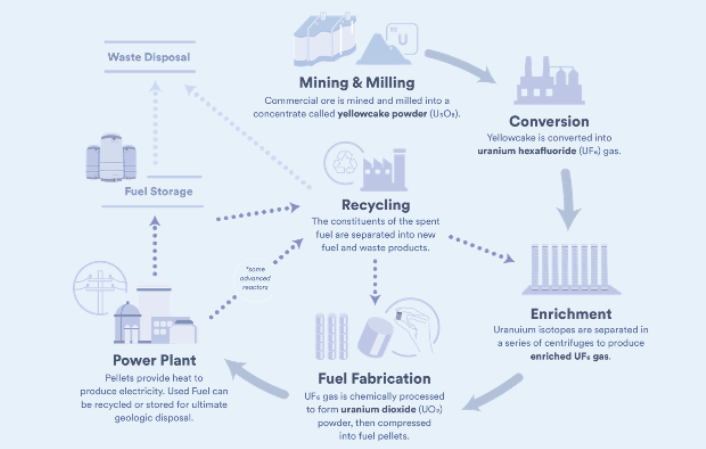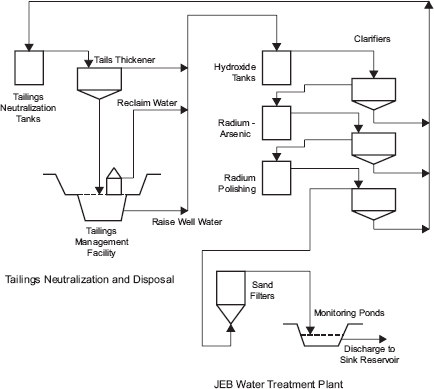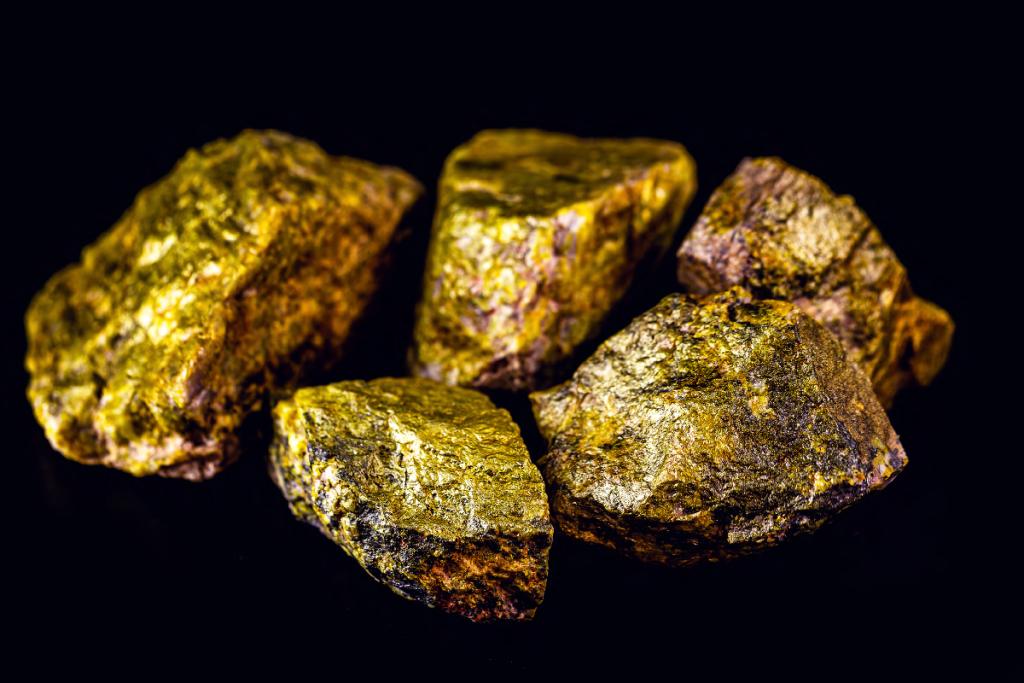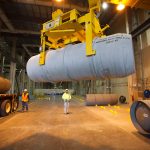Uranium Exploration and Its Significance To The Society
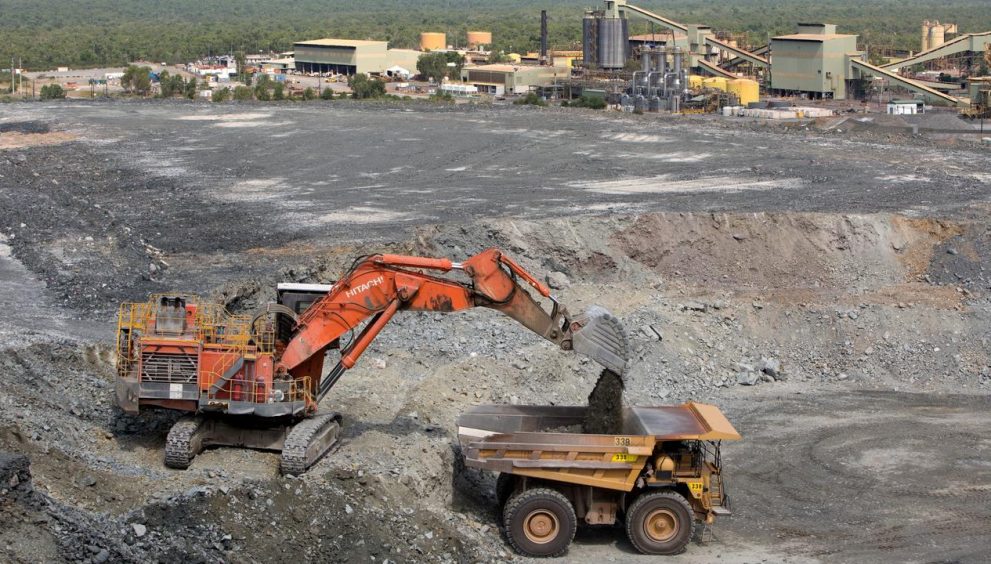
Uranium exploration is a complex and ever-changing process that requires navigating over extensive and often difficult terrains to locate potential mineral deposits. Deep within the depths of the Earth is an exceptional reservoir of energy, just waiting to be utilised.
Uranium, a crucial element in the generation of nuclear power, possesses the capacity to significantly influence our future. Before the utilisation of uranium, it is necessary to first discover and extract it.
This article @Zik Natural Resources explores the field of uranium exploration, focusing on the history and technologies used by scientists and geologists to discover these valuable resources below the surface of the Earth.
The History of Uranium Exploration
The exploration of uranium began in the late 19th century with the discovery of uranium ore in the Joachimsthal region, which is now the Czech Republic.
The unveiling of uranium is importance as a crucial element in the manufacturing of nuclear weapons, during World War II resulted in the swift expansion of the uranium mining industry.
The Manhattan Project, a covert scientific initiative, significantly expedited the investigation of uranium, leading to the identification of various uranium reserves worldwide. Following the war, there was a turn in attention towards the nonviolent utilisation of nuclear energy, resulting in a rise in funding in the exploration of uranium, for the purpose of electricity generation.
The identification of high-quality uranium resources in Canada, Australia, and other nations has significantly enhanced the worldwide uranium sector. Australia is believed to possess the greatest recognised deposits of uranium globally, accounting for 28 percent of the total supply on Earth.
Majority of uranium is exported, subject to stringent International Atomic Energy Agency (IAEA) safeguards. These measures are in place to assure the Australian people and government, that none of the uranium is utilised to produce nuclear explosives.
Australian uranium is exclusively utilised for the generation of energy. Despite Australia’s substantial reserves, Canada continues to be the primary exporter of uranium ore, with its mines situated in the Athabasca basin in northern Saskatchewan.
Cameco, the leading global producer of uranium with the lowest production costs, accounts for 18 percent of the world’s uranium production. The company has three mines in the area.
Currently, the exploration of uranium remains essential in fulfilling the global need for energy, as there are continuous endeavours to identify new resources and enhance extraction methods.
Subscribe Now to www.zikresources.com for valuable content.
Techniques Used in Uranium Exploration
Uranium exploration encompasses a variety of strategies. These methods aid in the identification of possible uranium resources and the assessment of their economic feasibility.
- Remote sensing techniques: utilises satellite data to identify small variations in the Earth’s surface, such as modifications in patterns or abnormal levels of radiation, which may suggest the existence of uranium mineralization that takes place. Lidar technology plays a crucial role in contemporary uranium exploration, enabling geologists to remotely survey extensive and hard-to-reach landscapes.
- Geological surveys are essential for uranium exploration as they offer vital information about that Earth’s crust and help locate regions that may contain uranium resources. Methods such as drone imagery, imagery obtained from satellites, and geophysical surveys, which involve gravitational, magnetic, and radiometric techniques, are essential for identifying potential exploration areas.
- Geochemical sampling is an essential method used in the exploration of uranium. It allows geologists to examine water, soil, and rock samples for discovering of uranium and related minerals, by detecting dispersed uranium ions as well as related elements.
- Drilling is crucial for acquiring significant geological data from under the Earth’s surface regarding the rock’s composition, framework, and mineralization beneath the surface geology, as well as, for gathering samples for analysis in the laboratory.
Subscribe to www.zikresources.com for more exciting and Educative content.
Challenges in Uranium Exploration
- Social and environmental influences: Exploratory endeavours can result in ecological and societal consequences, such as habitat loss, water pollution, and community upheaval.
It is crucial to strike a balance between exploration activities, preserving the environment, and involvement in the community, to minimise adverse effects and promote environmentally friendly development.
- Health and safety hazards: Uranium is a highly radioactive material, and being exposed to elevated levels of radiation can result in severe health repercussions.
Stringent safety regulations and radiation-safety precautions are crucial to safeguard the wellness and welfare of workers engaging in exploration activities.
Subscribe Now to www.zikresources.com for more interesting content.
In conclusion, our investigation of uranium has allowed us to uncover the mysteries behind the earth’s energy source. Uranium exploration is of great importance due to its historical relevance, modern methods, and sustainability concerns.
It plays a vital part in creating our energy future. The continuous progress in uranium exploration and the creation of advanced manufacturing techniques, have great potential for uncovering undiscovered uranium deposits and extracting this important resource in the most effective possible way.
Through the utilisation of uranium, we can access a more lasting and environmentally friendly energy source and technological advancement for subsequent generations to come.
Contact www.zikresources.com for more information.


